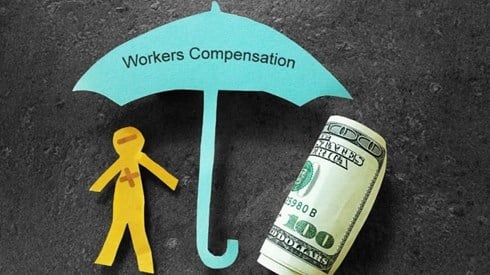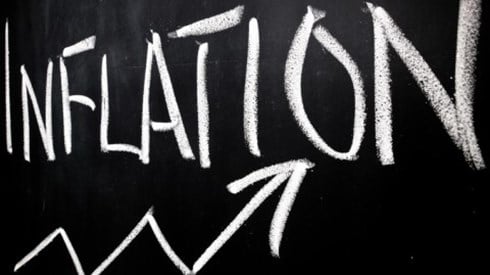Inflation Clouds the Future of a Stable Workers Compensation Segment

October 20, 2022

The US workers compensation insurance segment has enjoyed stable profitability for several years, though inflation clouds the line's future, according to A.M. Best.
Best noted that the annual underwriting profit in the US workers compensation line has averaged $4.8 billion over the last 5 years, totaling almost $24 billion over that period. That level of profitability is unmatched by any other major property-casualty line of business, Best said.
In its Best's Market Segment Report, "Workers Compensation Generates Solid Profits but the Future Remains Uncertain," Best said that workers compensation insurers' direct premium volume also rebounded in 2021 to $52.2 billion, following a sharp drop in 2020.
Meanwhile, the segment's net loss ratio has ranged from 45.4 percent to 49.0 percent over the most recent 5-year period, a reflection of the workplace safety and legislative changes that have reined in workers compensation claims costs as the frequency of claims continues to decline, the rating agency said.
The segment's combined ratio ranged between 86.2 percent and 92.2 percent during the period, Best said, and was 87.9 in 2021.
"Inflation could disrupt this stable environment. If inflation causes loss costs to increase, particularly on the medical side, without a commensurate increase in employee wages, rate increases may be necessary to cover the gap," Christopher Graham, senior industry analyst at A.M. Best, said in a statement. "Inflation could also necessitate companies further sharpening their risk management and loss control efforts to limit claims frequency."
"Although net income remains strong, it has not been growing, even as policyholders' surplus has," David Blades, associate director at A.M. Best, said in the statement. "This has led to a drop in after-tax return on equity the past 2 years. Calendar year 2022 will provide more guidance on the return on equity (ROE): Will the current, lower return level persist, or will the composite's ROE strengthen and meet or exceed prepandemic levels?"
Copyright © 2022 A.M. Best Company, Inc. and/or its affiliates. ALL RIGHTS RESERVED.
October 20, 2022




